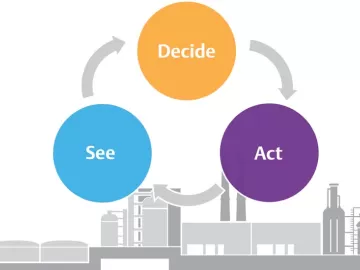Success Stories at BC Hydro
 BC Hydro is a sponsor of Compressed Air Challenge and one of two Canadian utilities represented on the Board of Directors. BC Hydro’s Power Smart Compressed Air Optimization program helps customers assess how their air system is working, helps with project implementation costs and provides for onsite training of plant personnel. The following profiles tell how two of their customers discovered excellent savings through the application of low cost measures.
BC Hydro is a sponsor of Compressed Air Challenge and one of two Canadian utilities represented on the Board of Directors. BC Hydro’s Power Smart Compressed Air Optimization program helps customers assess how their air system is working, helps with project implementation costs and provides for onsite training of plant personnel. The following profiles tell how two of their customers discovered excellent savings through the application of low cost measures.




